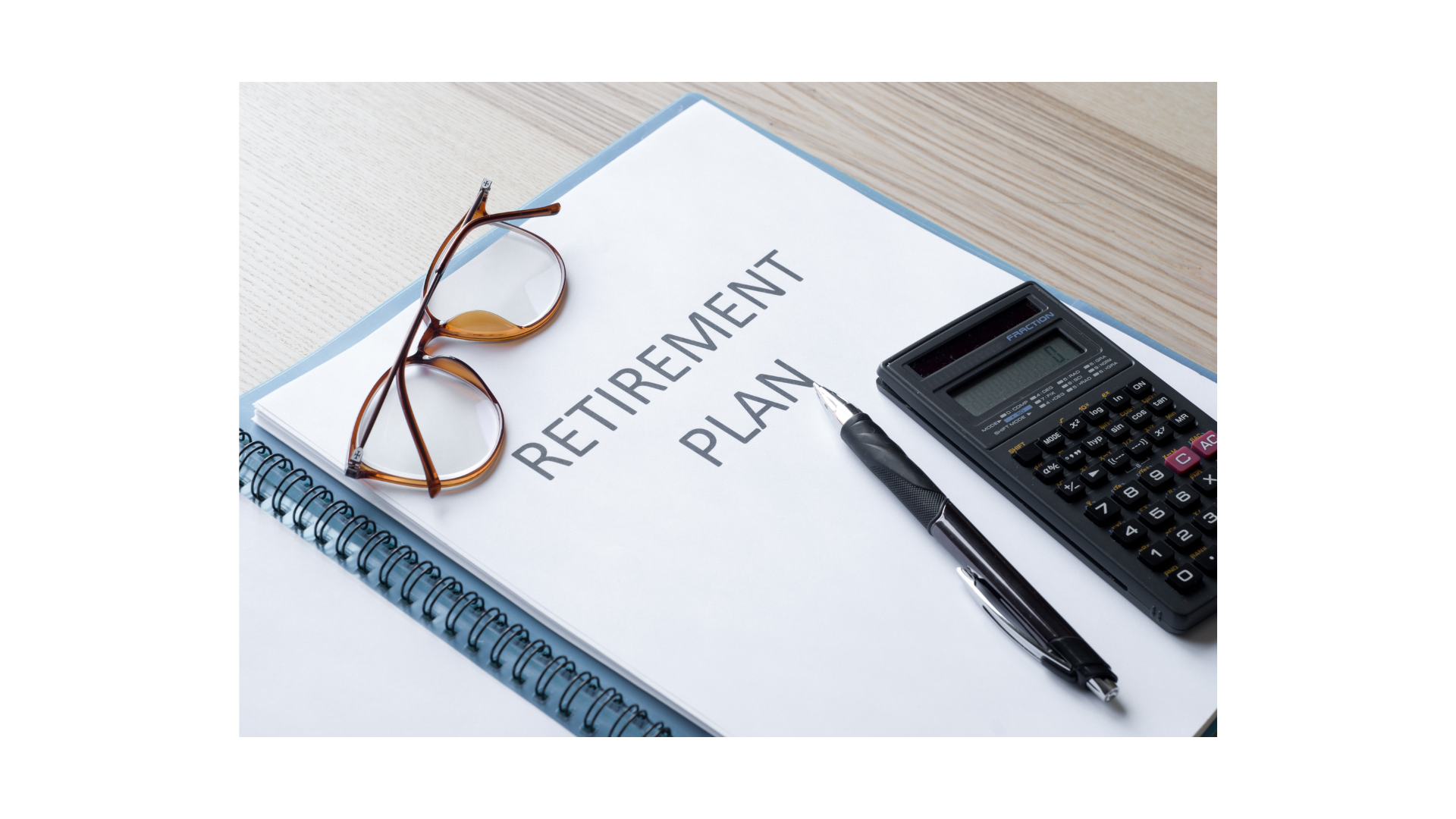Money Well Spent
A fresh approach to spending can help put some sizzle in your retirement savings
Despite all the budgeting and cash flow tracking apps available, many people still struggle to manage their spending habits on a daily basis. What if there was a simple blueprint you could follow that could help you manage the way you spend your money and hold yourself accountable?
The 70/20/10 rule of thumb helps provide a framework for managing your finances, limiting your spending, and assessing any debt that you plan to take on. According to the 70/20/10 rule, you should spend:
- 70% of your after-tax income on living expenses, such as food, childcare, insurance, discretionary expenses, and your rent or mortgage.
- 20% on savings, such as your retirement account, emergency fund, college fund, or other savings goals.
- 10% on consumer debt, such as credit card payments or a car loan.
Under this rule, the 70% and 10% are maximums; in other words, you should spend no more than those percentages of your income. The 20% is a minimum; you should put at least 20% of your income toward savings goals — and even more if you can. The following are some additional ways to build better spending habits.
Record Your Progress
Just as maintaining a food diary may help you determine if you are eating healthy meals and snacks, the same strategy can help you become a more self-aware — and better — spender. That’s why it’s so important to keep track of your actual spending and see how it matches up against your ideal household budget.
There are a host of budgeting apps available through the Apple Store and Google Play, and many are free. Using a formal spreadsheet program, such as Microsoft Excel or Google Sheets may make more sense for people who prefer to track and store their budget history on a computer. The Google Sheets monthly budget can be set up on a PC or laptop, or you can download the app. And best of all for your budget — it’s available for free!
Sleep On It
Try forcing yourself to delay purchases by at least one day so you have more time to consider if you really need them. For instance, you might wait 30 hours before buying anything over $30. Or you might impose a spending threshold, such as $250, over which you must discuss a potential purchase with a spouse, partner or friend.
Stay Away From Your Favorite Stores
If there’s an online retailer or a local shopping avenue where you can’t resist buying something, avoid it. Understanding what tempts you the most will help you avoid making purchases you can’t afford.
Make It a Habit
Once you get in the habit of making better spending decisions, you shouldn’t be too hard on yourself if you don’t see the desired results overnight. It may take more than a few weeks of smarter spending before your financial well-being shows signs of long-lasting improvement. So be patient, stay focused and let yourself feel good about doing the right thing one day at a time.
This material was prepared by LPL Financial, LLC.
This information is not intended as authoritative guidance or tax or legal advice. You should consult with your attorney or tax advisor for guidance on your specific situation.
Kmotion, Inc., 412 Beavercreek Road, Suite 611, Oregon City, OR 97045; www.kmotion.com
© 2021 Kmotion, Inc. This newsletter is a publication of Kmotion, Inc., whose role is solely that of publisher. The articles and opinions in this publication are for general information only and are not intended to provide tax or legal advice or recommendations for any particular situation or type of retirement plan. Nothing in this publication should be construed as legal or tax guidance, nor as the sole authority on any regulation, law or ruling as it applies to a specific plan or situation. Plan sponsors should consult the plan’s legal counsel or tax advisor for advice regarding plan-specific issues.


Iowa
4200 University Avenue, Suite 200
West Des Moines, IA 50266
800-677-1529
Securities offered through LPL Financial, Member FINRA/SIPC. Investment advisory services offered through Global Retirement Partners, LLC dba AssuredPartners Financial Advisors, an SEC registered investment advisor. AssuredPartners Financial Advisors and LPL Financial are separate non-affiliated entities.
GRP Advisor Alliance is an independent network of retirement plan focused advisors. GRP Advisor Alliance is not affiliated with or endorsed by LPL Financial.
The financial professionals associated with LPL Financial may discuss and/or transact business only with residents of the states in which they are properly registered or licensed. No offers may be made or accepted from any resident of any other state.









